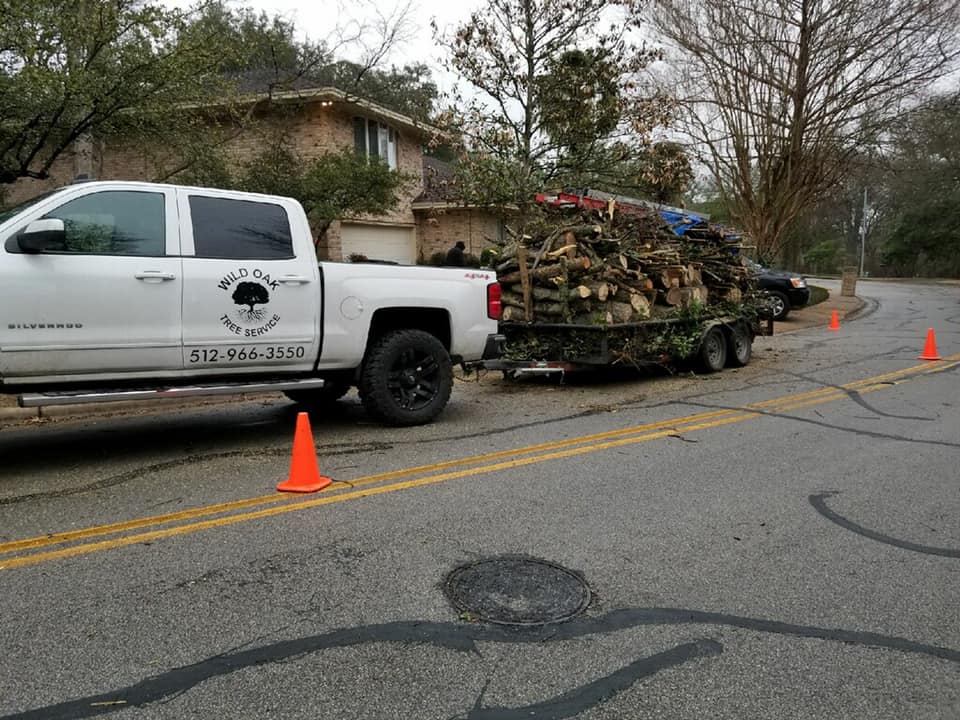Basically, full-coverage car insurance comes in three sorts of policies—liability, collision, and comprehensive, and it is a necessity in all states.
In this informative blog post, you can take a look at each of these coverages right now.
1. Liability Car Insurance
As its name implies, liability car insurance benefits you if you’ve been found lawfully responsible for an accident that causes another person’s injury, property damage, or death.
Often, it’s known as the foundation of a full coverage car insurance policy, as almost all states need drivers to carry this kind of coverage. Liability car insurance offers coverage for two different accident aftermaths, such as…
- Bodily injury liability (BI) coverage
- Property damage liability (PD) coverage
2. Collision Car Insurance
If your car collides with another vehicle or object or if it rolls over the road, collision car coverage grants compensation for the car repair or replacement expenses.
This type of insurance also covers damage or loss caused by potholes. However, collision car insurance doesn’t pay for mechanical breakdowns or regular wear and tear.
It works only when you cause an accident. If you find another driver at fault, you have the right to file a claim against their auto liability coverage.
3. Comprehensive Car Insurance
Comprehensive car insurance offers collision coverage, so it’s frequently bundled with other types of insurance. If your car is lost or damaged in a non-collision accident, this type of insurance covers the repair and replacement costs of your vehicle.
This insurance covers man-made incidents, including arson, theft, vandalism, and natural calamities like hailstorms and hurricanes. Comprehensive policies also cover damages and losses caused by falling objects and animals.
Additionally, both policies are optional if you’re a car owner. However, car dealerships, banks, and other lenders will often require you to obtain these kinds of coverages if you intend to lease a vehicle or take out a loan to buy a car.
4. Personal injury protection (PIP) insurance
This coverage covers the cost of medical treatment that you and your passenger incur during an accident, regardless of who caused it.
If your injury prevents you from doing work or earning money, personal injury protection insurance also pays for your lost income and the expense of your household services. What’s more, it offers death coverage, which includes funeral and burial costs.
5. Medical Payments (Aka MedPay) Coverage
This coverage works the same way as PIP coverage, but with the exception of covering the lost income. MedPay is also known as primary medical insurance after an accident or as a supplement coverage for your health coverage.
When we talk about primary coverage, it pays for your immediate hospital and treatment expenses, while your health insurance policy covers the remaining expenses.
On the other hand, if used as supplement coverage, your health insurance pays for your medical bills, while MedPay reimburses the deductibles and co-pays.
6. Uninsured/Underinsured Motorist Coverage
Often offered combined in the form of a package, UM and UIM policies are well-designed to cover the gap between the costs you suffer in a vehicular accident and the at-fault driver’s position to pay.
UM coverage offers compensation to you and your passengers for the injuries and property damage you incur if an uninsured driver hits you.
On the contrary, UIM coverage pays out if the at-fault driver’s auto policy isn’t sufficient to cover the entire costs of damages and losses.





